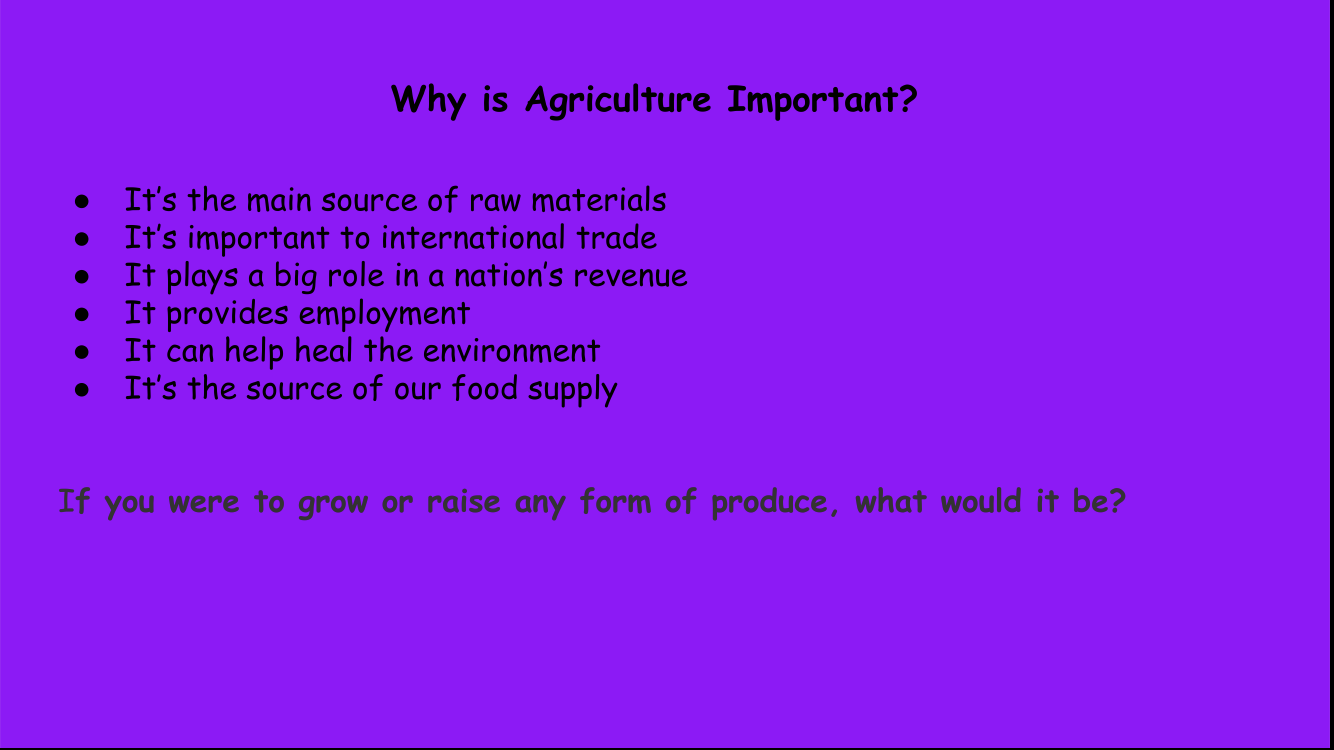Standards:
NGSSMS-LS2-2: Construct an explanation that predicts patterns of interactions among organisms across multiple ecosystems. Emphasis is on predicting consistent patterns of interactions in different ecosystems in terms of the relationships among and between organisms and abiotic components of ecosystems. Examples of types of interactions could include competitive, predatory, and mutually beneficial.NGSSMS-LS2-5: Evaluate competing design solutions for maintaining biodiversity and ecosystem services. Examples of ecosystem services could include water purification, nutrient recycling, and prevention of soil erosion. Examples of design solution constraints could include scientific, economic, and social considerations.NGSSMS-LS2-4: Construct an argument supported by empirical evidence that changes to physical or biological components of an ecosystem affect populations. Emphasis is on recognizing patterns in data and making warranted inferences about changes in populations, and on evaluating empirical evidence supporting arguments about changes to ecosystems.NGSSMS-LS2-1: Analyze and interpret data to provide evidence for the effects of resource availability on organisms and populations of organisms in an ecosystem. Emphasis is on cause and effect relationships between resources and growth of individual organisms and the numbers of organisms in ecosystems during periods of abundant and scarce resources.Link for Lesson Plan: https://www.teacherspayteachers.com/Product/Teaching-The-Youth-The-TRUTH-About-Seeds-8009557
Standards:
CCSS6.RP.A.3c: Find a percent of a quantity as a rate per 100 (e.g., 30% of a quantity means 30/100 times the quantity); solve problems involving finding the whole, given a part and the percent.CCSS6.RP.A.3d: Use ratio reasoning to convert measurement units; manipulate and transform units appropriately when multiplying or dividing quantities.CCSS7.RP.A.2b: Identify the constant of proportionality (unit rate) in tables, graphs, equations, diagrams, and verbal descriptions of proportional relationships.Link to Lesson Plan: https://www.teacherspayteachers.com/Product/Celebrating-Wayne-County-NC-Agriculture-8009414















